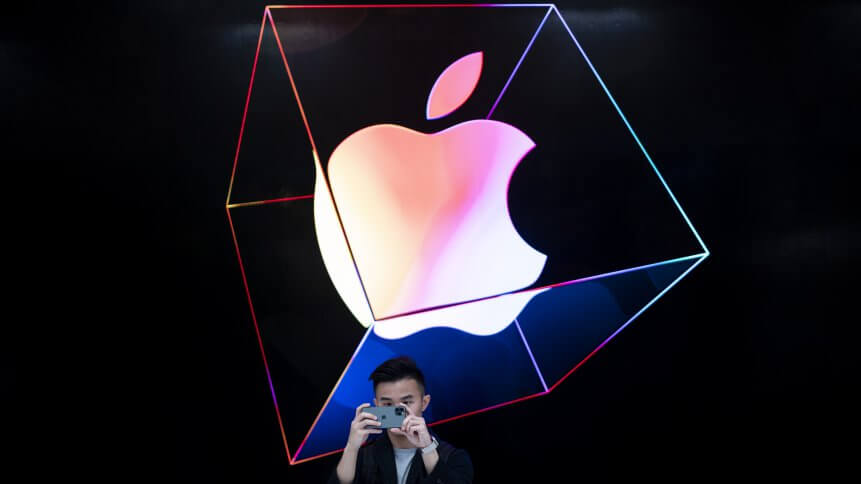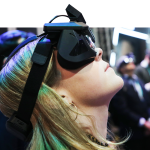New partnership shows Apple is serious about AR

Apple’s most recent partnership with AR (augmented reality) startup Dent Reality is set to boost the mobile giant’s venture into immersive technologies.
The tech behemoth’s iPad Pro includes the hallmark feature of a camera fused with lidar sensors to make AR experiences more realistic and immersive. But it is only one of its AR use cases and applications as the company has been exploring the next-gen technology for years.
Currently, the London-based startup, Dent Reality, is enlisted as an official partner of Apple’s development in indoor mapping initiative, powered by AR technologies.
Announcement: We’re now an official partner with Apple Indoor Maps, for providing indoor AR navigation!
We’re currently setting up projects for later this year. Get in touch!https://t.co/q0jYaUnJHGpic.twitter.com/aBrmvAEhLX
— Dent Reality (@DentReality) March 31, 2020
Andrew Hart, CEO and co-founder of Dent Reality, has been working on AR technologies such as AR navigation since its founding days.
Hart found solutions to integrating AR applications to real-world locations and posted the open-source ARKit project on GitHub in 2017. What started as a GitHub project is now materializing to an emerging application call indoor navigation.
The collaboration will see Apple providing the underlying Indoor Mapping Data Format (IMDF) and internet-based indoor positioning technology. Meanwhile, Dent Reality is responsible for bringing their mapping AR navigation technology to complete the function.
As stated in a Medium post, the startup’s end product of AR indoor mapping is a seamless integration and enables the regular Joe or Jane to maneuver the application easily.
Users can “hold up for AR, bring down for map and regular UI (user interface). The same as using the camera in an app like Snapchat,” states the article.
A deep exploration of (XR) extended reality
Apple’s enthusiasm with immersive technologies has dispersed into its consumer tech and most popular product — the iPhone. Last November, The Information reported that Apple plans to replace iPhones within the next decade and by 2022, release an AR headset followed by a sleeker version in 2023.
The AR glasses will enable overlay of content in the real world and users will find a range of graphics, including directions, offers, restaurant reviews, and attractions appearing in their field of vision.
The functions and applications are part of its ARKit, an in-house software development platform for AR experiences. At the same time, the ARKit supports the company’s endeavors in AR and its devices.
YOU MIGHT LIKE

AR’s role in the digital transformation of everything
Apple isn’t the only passenger on board the AR train, Google is also bringing AR experiences to its users.
In the current climate, with movement and travel halted, the company’s AR feature can help businesses engage with a captive audience at home.
“Now you can use AR to place 3D digital objects right in your own space directly from Search or from websites on Chrome. Learn more about everything from NASA’s Curiosity Rover to human anatomy to animals like hedgehogs, penguins, and sharks, with a greater sense of context and scale,” as stated on its website.
Adding on, the search giant also integrated AR features to enhance its Maps app to help users navigate their way. In Google’s case, the tech titan employs AR as an enhancement of its applications and features, alleviating user experience with added digital content for engagement.
Even so, Google is showing no signs of slowing down as it has been consistent on the AR journey and was listed as one of the major investors of Magic Leap, along with Alibaba.









